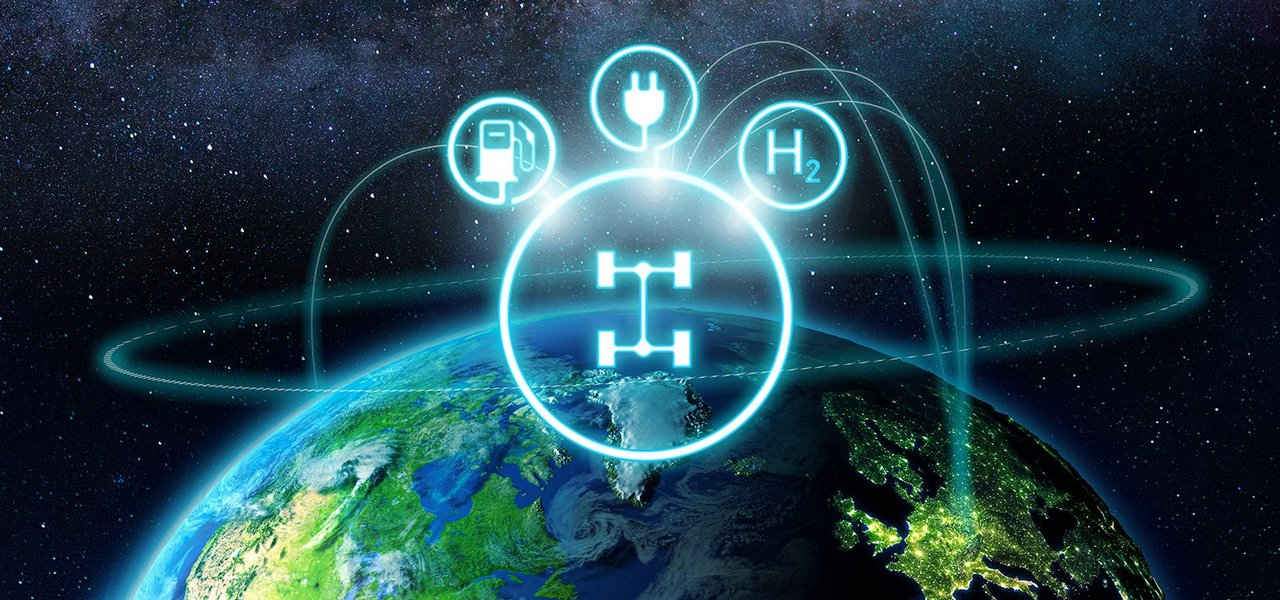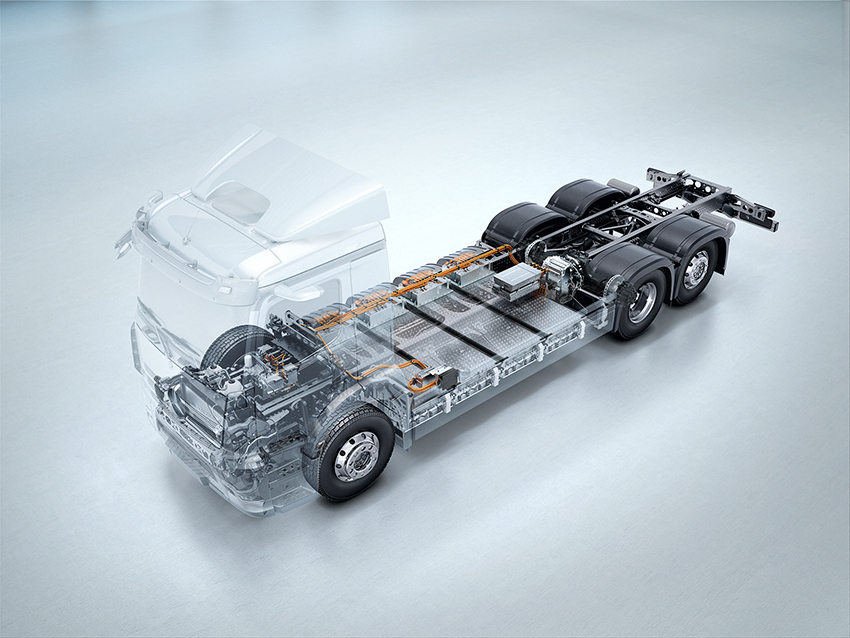Daimler Truck brings all major technology and powertrain activities toether in the company's own Truck Technology Group. It is the global competence center for research, development, and production for all drive technologies (combustion engines, battery-electric and hydrogen-based fuel-cell drives), it is also responsible for vehicle software and electrics/electronics as well as global purchasing.
This setup helps us in two ways: on the one hand, we can leverage global synergies, and on the other, we can scale technologies economically across vehicles and markets.
This applies to the powertrain, for example. The conventional powertrain accounts for the lion’s share of a truck's value added - around 50 percent. It is therefore important to develop it economically. Our approach are intelligent platforms. With the ePowertrain, we also focus on a global platform architecture in the field of electric trucks and buses.

